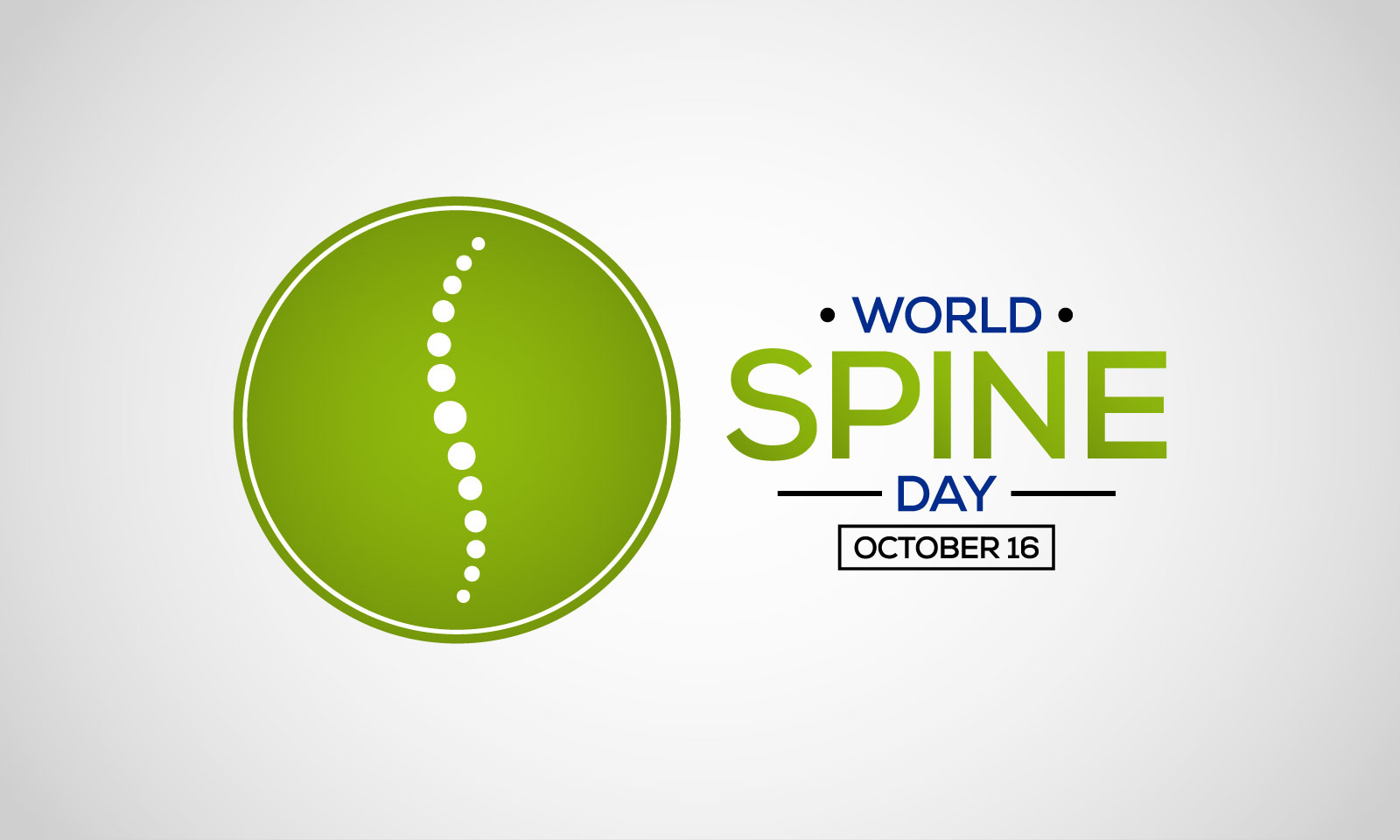Tips on safely increasing physical activity after the COVID-19 shutdown
The COVID-19 pandemic brought the world to a halt. For many Albertans, that halt was felt as the reduction of physical movement in their lives.
When shutdowns began, many Albertans transitioned to working from home or attending classes online. People no longer had to walk to meetings or navigate hallways in-between classes. On top of these small shifts, bigger restrictions like gyms, rec centres and fitness classes being forced to shut down all equaled a massive reduction in peoples’ activity levels. Now, with pandemic fatigue setting in and people trying to make the most of the end of summer weather, many are returning to activity and experiencing injuries.
Alberta-based chiropractor Dr. Aaron Todd has seen first-hand the impact the decrease in activity has had on his patients.
“When the pandemic hit, everything shut down and people were sitting in their homes, not knowing what they could go out and do—something as simple as the safety of a walk was questioned,” explains Dr. Todd, “Once gyms and rec centres were open, many jumped at the opportunity to exercise again and then came to me with injuries because their bodies had lost strength during the shutdown.”
The lack of activity over the past few months has highlighted how essential movement is in keeping our bodies healthy and pain-free. However, returning to activity after a break isn’t as easy as picking up where you left off. Below are four tips Dr. Todd recommends for safely re-introducing activity during the ongoing pandemic.
Four chiropractor-approved tips to safely return to activity
1. Incorporate movement into your day
“While experiencing pain can sometimes seem like a minor issue, untreated acute pain can turn into chronic pain—that’s why it’s so important to restore movement in your body,” says Dr. Todd.
Small increases in exercise and movement can have a positive impact on your pain levels. Taking a walk around the block, stretching for 30 seconds every hour or setting a reminder to reset your posture can all help alleviate tension and reduce pain in your body.
Try this: schedule two 15-minute walks during your workday.
2. Decrease the intensity of your workout
“Remember: what may have been a normal level of activity for you before the shutdown can now put too much strain on your body,” says Dr. Todd.
If you were regularly running 5 km before the pandemic, start with 2.5 km and slowly work your way back up. If you weightlift, cut the weight in half and slowly increase. These minor adjustments will allow your body time to readjust and lower the chances of a strain or sprain.
Try this: opt for a beginner-level workout for a week and see how you feel.
3. Stretch, stretch, stretch
“Following along with a 5-minute stretching routine on YouTube can be a great way to address pain in your body and keep it from turning into a permanent issue,” says Dr. Todd.
If you’re gearing up for the gym, make sure to stretch before and after your workout to allow your muscles time to warm up and cool down. Taking the time to stretch allows your muscles to become more pliable which will reduce your chance of injury. Think of your muscles like putty—if you quickly stretch it when it’s cold, it breaks. If you warm it in your hands and make it pliable and then stretch it, it will easily stretch in your hands without breaking.
And if you’re not ready to return to a full workout, taking micro breaks throughout the day to stretch can restore mobility and keep pain at bay.
Try this: complete one stretch a day from the Straighten Up Alberta program.
4. Listen to your body
“Working with your chiropractor, massage therapist and physiotherapist will ensure you are keeping your body safe as you return to activity,” says Dr. Todd.
When returning to activity after a period of reduced movement, it’s normal to feel some soreness in your body. If the soreness persists, or you feel any sharp pains with movement, speak to your chiropractor. They can work with you to develop an exercise plan that works for your body and limitations.
Try this: talk to your chiropractor about pain prevention and management. You can find a chiropractor near you using our dedicated search engine.
– Originally posted on the Alberta College and Association of Chiropractors

